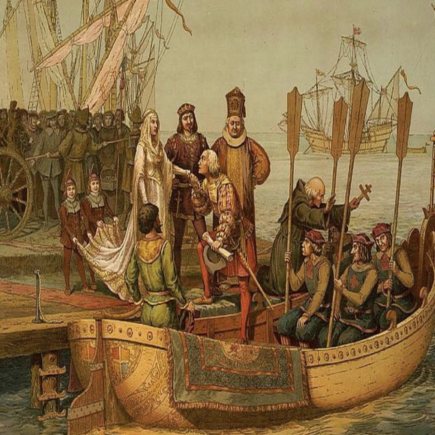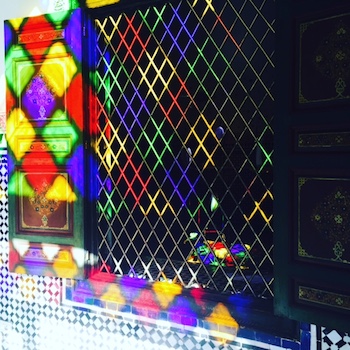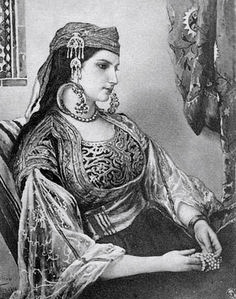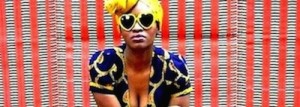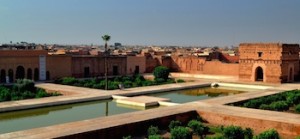Posts Tagged ‘Moroccan Museums’
Tangier, a city located at the northern tip of Morocco, is a captivating fusion of North African, Spanish, Portuguese, and French influences, making it a true crossroads of cultures with a rich Jewish heritage. Tangier sits at the western entrance to the Strait of Gibraltar where the Mediterranean meets the…
Must See, Top Rated Places and Palace in Marrakech offers the perfect Insiders Guide to travelers who are visiting Morocco on a Private Tour. Don’t miss out on some of Marrakech’s Best places that range for Palaces to ancient Mosques. Known for it’s magnificent palaces and old world decor designed…
Morocco is known for it’s Jewish Heritage and the abundance of rich culture, artifacts and traditions left behind when the Jews fled Morocco in the 1960’s. What remains is a rich catalog of Jewish life inclusive of architecture, monuments, zaouias, museums, mellahs, shrines and craft traditions that command great cultural…
The Moroccan Contemporary Art Scene, post-independence, is much sought after and has gained popularity over the recent years given its varied mix of forward thinking and experimental painters, sculptors, fashion designers, and craftsmen. Morocco’s contemporary art scene had a boost with the opening of some…
The Marrakech Museum for Photography and Visual Arts (MMPVA) has been awarded the “Best Emerging Culture Destination Africa” Prize, by the Leading Culture Destination Awards 2015. The Marrakech Museum for Photography and Visual Arts has featured the work of Don McCullin, Lewis Morley, Magnum…

